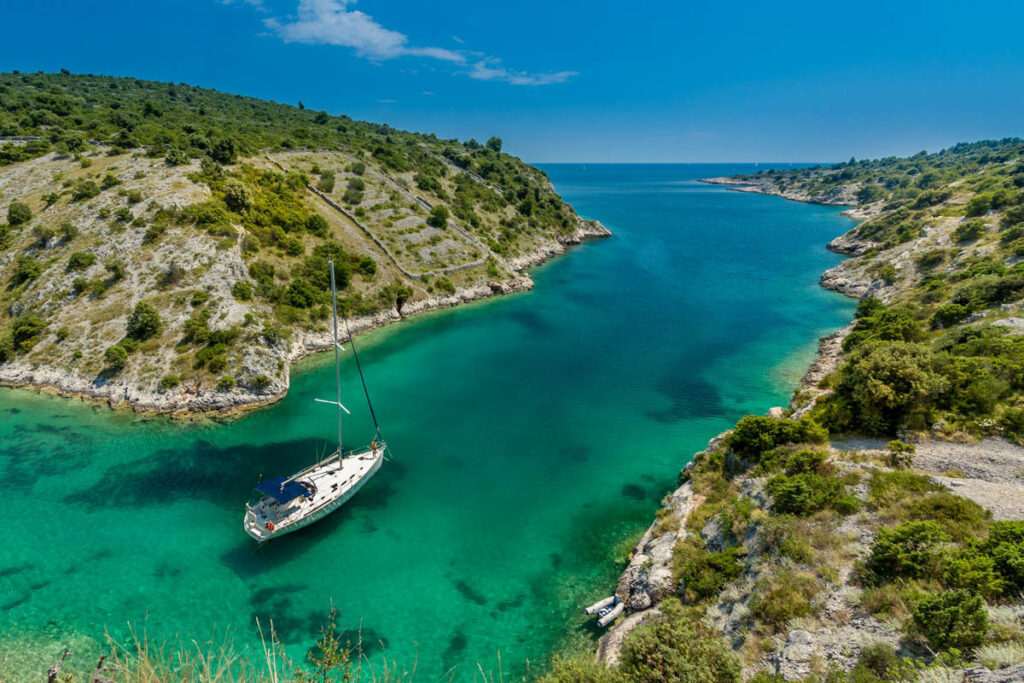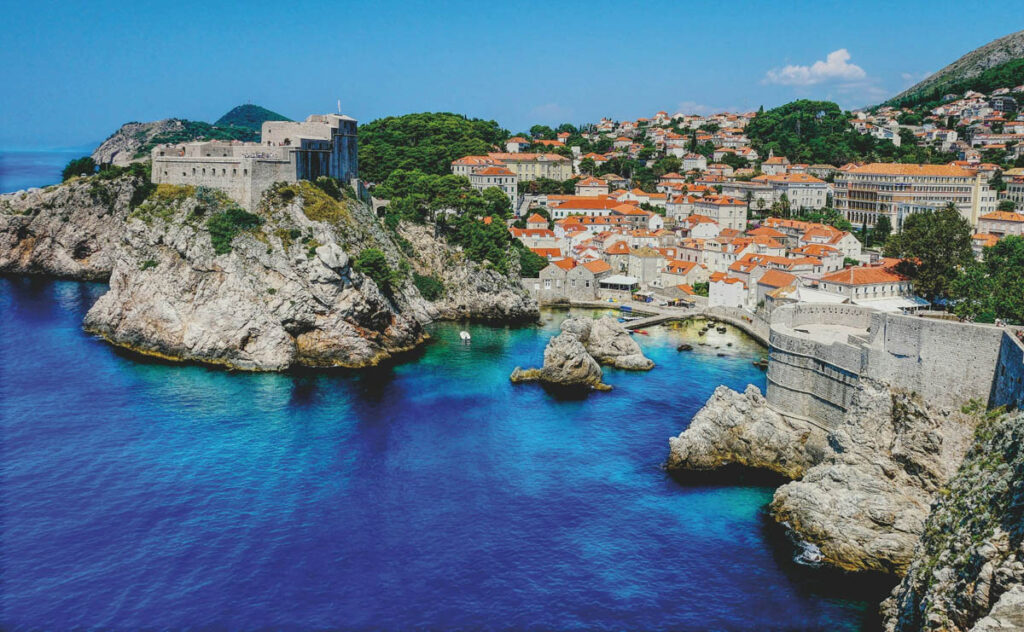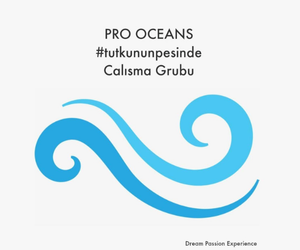With over a thousand islands scattered across sapphire-blue waters, Croatia has long seduced travelers with its sun-kissed coastlines, medieval walled cities, and timeless charm. But for those willing to slip beneath the surface, the Adriatic reveals another, even more spellbinding side: a diver’s paradise shaped by ancient history, geological drama, and a sense of quiet wonder.
Croatia may not be the first destination that springs to mind when planning a dive trip—but it should be. This corner of Europe delivers a dive experience as diverse as its island chain, offering everything from ethereal caverns and craggy reefs to haunting WWII wrecks and even a submerged winery. What makes it truly special is not just the variety, but the sense of discovery. Every descent feels like peeling back another layer of the country’s story—one written in amphorae, limestone, and light.
A Country Shaped by the Sea
The Adriatic is Croatia’s beating heart, and it has shaped not only the country’s culture and cuisine but also its underwater topography. The coastline stretches for over 1,700 kilometers, and the water’s clarity here is legendary—divers often enjoy visibility of 20 to 30 meters, especially in the summer months. While Croatia doesn’t boast the tropical fish of Southeast Asia or the pelagics of the Pacific, what it lacks in big animals it makes up for with otherworldly seascapes and submerged history stretching back millennia.
It’s common to surface from a dive and see ancient stone villages clinging to hillsides or hear church bells echoing through narrow alleyways. That harmony between land and sea is part of Croatia’s magic: you’re never far from culture, cuisine—or your next great dive.

Photo by Sergii Gulenok on Unsplash
Below the Surface: A Tapestry of Experiences
The diversity of diving in Croatia is one of its strongest suits. In the same week, you can drift through dramatic wall dives, glide through narrow caverns lit by shafts of sun, and explore the rusting remains of warships and bombers entombed by time.
The island of Vis, for example, offers a trifecta of underwater experiences: the wreck of the Fortunal, a haunting reminder of WWII; intricate cave systems like the Zelena Špilja (Green Cave); and the famously photogenic B-17 Flying Fortress, whose broad wingspan lies silently across the seabed. Just a short hop away, Biševo’s Blue Grotto glows with otherworldly light, offering a surreal cavern dive that feels like swimming inside a cathedral of cobalt.
Further north, the Kvarner Gulf and islands like Cres are popular with newer divers, thanks to their gentle conditions, shallow reefs, and well-run dive centers. Meanwhile, the Kornati archipelago, a national park made up of 89 islands, is a dreamscape of drop-offs, coral gardens, and quiet isolation—a true getaway for divers looking to disconnect.
And then there are the wrecks. Dozens lie scattered along the Croatian coast: Austro-Hungarian passenger liners, torpedoed merchant ships, sunken submarines. The Baron Gautsch, one of the Adriatic’s most famous wrecks, sits upright and eerie in the deep, its story as gripping as its structure.
For something truly unique, head to Pelješac, where you can sample wine aged in barrels 20 meters underwater—then dive the very spot where it matures beneath the sea.
Practicalities for the Dive Traveller
Getting to Croatia is straightforward, with international airports in Dubrovnik, Split, Zadar, Pula and Rijeka. Most divers pair their underwater adventures with overland exploration—rental cars and ferries connect coastal towns and islands with ease. Dive centers are plentiful, especially along the Dalmatian coast and major islands, and most are PADI or SSI certified.
It’s worth noting that in Croatia, independent diving is heavily regulated. In most areas, you’ll need to dive with a certified guide or operator, and national parks like Kornati or Mljet require special permits (usually arranged through your dive center). The season runs from May to November, with July to September offering the warmest water and calmest seas. Expect surface temperatures of 24–26°C in summer, though deeper dives can still encounter cool thermoclines.
You won’t need to pack heavy—Croatia is modern, accessible, and easy to navigate. Dive boats are well-equipped, and local hospitality is second to none. Post-dive evenings are often spent wandering ancient harbors, feasting on grilled fish, and toasting the day’s discoveries with a glass of rakija or crisp Istrian white.

Photo by Matthias Mullie on Unsplash
A Dive Destination with Soul
What sets Croatia apart is the way it weaves diving into its cultural and natural fabric. It’s not just about checking off dive sites—it’s about feeling a place. Floating past submerged amphorae from Roman times, weaving through caverns beneath thousand-year-old cliffs, or exploring a sunken WWII relic just steps from a historic fortress, you’re not just scuba diving—you’re time traveling.
Croatia doesn’t scream for your attention like some of the world’s louder dive destinations. It whispers. And if you take the time to listen—to descend slowly, to explore deeply—you’ll find yourself hooked.
Whether you’re a wreck junkie, a cavern explorer, or simply a diver who loves beautiful places with soul, Croatia’s Adriatic depths are waiting.
Get all of the latest news, reviews and offers from Croatia in at The Scuba News – News by Destination
THE SCUBA NEWS Link !
DemirHindiSG 18 Temmuz 2025-12:45




